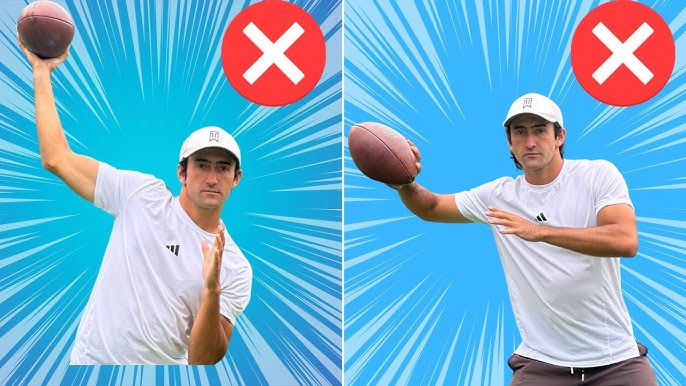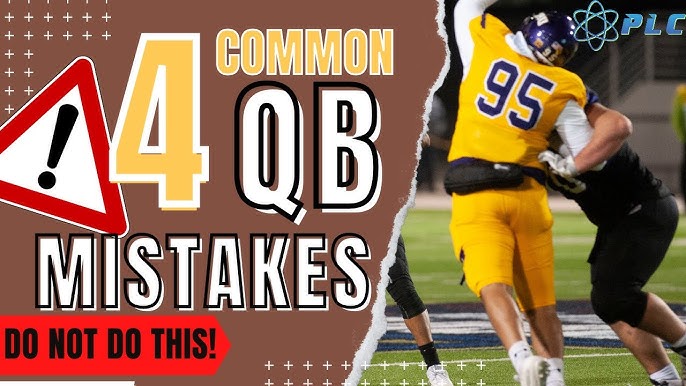Executing the quarterback option requires precision in reads, timing, and decision-making. Common errors undermine its effectiveness; here are critical mistakes and solutions:
Mistake 1: Telegraphing the Read
Problem: QB stares down the pitch key defender pre-snap or during the mesh point, allowing the defender to ignore conflict responsibilities and flow directly to the intended ball carrier.
Solution: QB must use peripheral vision to read the defender's reaction. Eyes should focus downfield initially post-snap, shifting to the read defender only during the mesh exchange. Maintain a balanced, run-pass threat posture.

Mistake 2: Inconsistent Mesh Point Timing
Problem: Rushing the handoff or extending the mesh too long. This disrupts blocking angles, gives edge defenders time to crash, and increases QB/RB collision risk.
Solution: Establish a strict mesh rhythm. The QB must ride the ball into the RB's belly just long enough to force the read defender to commit. Drill synchronized mesh timing daily, emphasizing shoulder-to-shoulder alignment and controlled footwork.
Mistake 3: Ignoring Perimeter Leverage
Problem: QB misreads force defender leverage, leading to pitches into flat defenders ("pitching into strength") or refusing pitches into open space ("kissing the keeper").
Solution: Train QB to assess defender's alley width control and shoulder alignment. If defender's outside shoulder penetrates the mesh aiming point, pitch. If they squeeze inside aggressively or widen, keep. Drill recognition of "soft" (widening) vs. "hard" (crashing) edge alignments.
Mistake 4: Poor Blocking Scheme Synergy
Problem: Interior linemen block "wrong" for the QB's decision (e.g., driving down when QB keeps, failing to scoop when QB pitches). Perimeter blockers misidentify secondary support.

Solution: Implement clear "option rules" blocking:
- Play-side Tackle/TE: Immediately climb to second-level support (LB/Safety).
- Back-side Guard/Tackle: Scoop block to seal interior pursuit.
- Wide Receivers: Force/Crack blocks on alley defenders or corners based on pre-snap alignment.
Blocking assignments must be automatic and adjust live to QB decisions.
Mistake 5: Lack of Complementary Constraints
Problem: Over-reliance on base option concepts without RPO tags or play-action counters. Defenses commit extra numbers unchecked.
Solution: Attach RPO elements (bubble, slant, stick) to option looks to punish aggressive force players. Use run-action off option motion for deep shots (e.g., sluggo, post). Force conflict defenders into impossible choices.
Mistake 6: Physical Limitations Exploited
Problem: QB lacks acceleration to threaten the edge, RB has unreliable hands for pitches, or ball carriers lack short-area agility.

Solution: Rigorously evaluate personnel. The QB must be a credible running threat. Pitchers require soft hands; all ball carriers need explosive 10-yard burst. Practice pitch execution under duress (simulated pass rush noise/contact).








